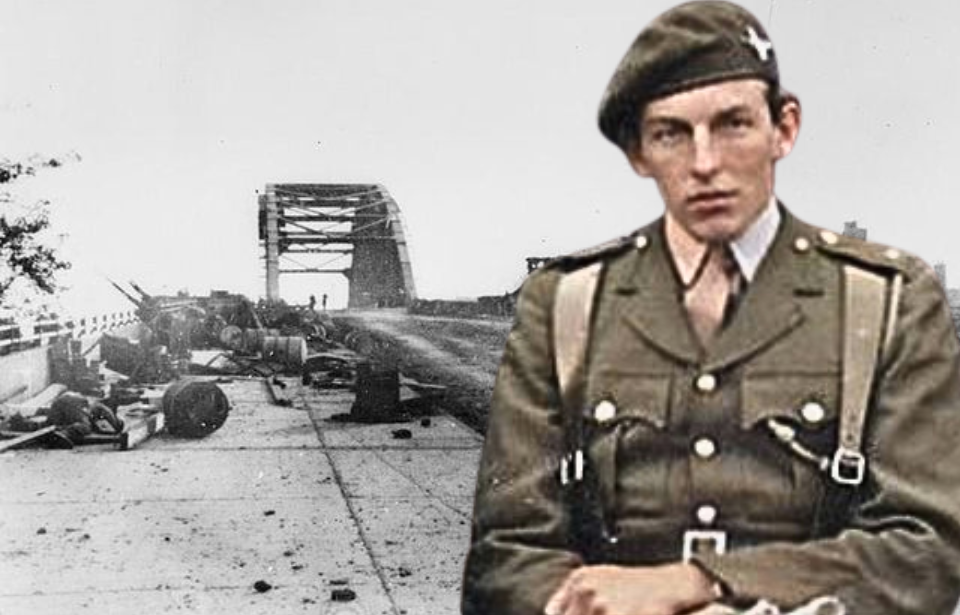Allison “Digby” Tatham-Warter might be the most interesting member of the British Army to have fought during World War II. Known for his humor and aggressive command, he garnered fame for his actions during the Battle of Arnhem. In particular, he caught everyone’s attention for his skills with the most common of items: an umbrella.
Digby Tatham-Warter enlists in the British Army
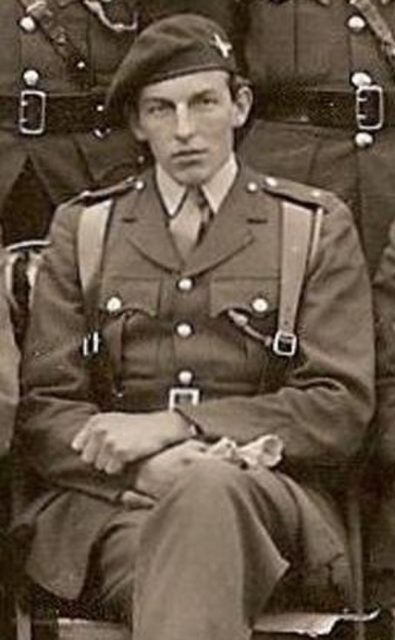
Digby Tatham-Warter military career began in 1935, when he was accepted into the Royal Military College, Sandhurst. After two years, he graduated in 1937 and was commissioned as a second lieutenant to the Unattached List of the British Indian Army. He was subsequrntly transferred to the 2nd Battalion, Oxfordshire and Buckinghamshire Light Infantry.
Tatham-Warter didn’t see action in the Second World War until the death of his brother, John, during the Second Battle of El Alamein. He volunteered for the airborne forces, was transferred to the Parachute Regiment and assigned as commander of A Company, 2nd Parachute Battalion, 1st Parachute Brigade, 1st Airborne Division.
Battle of Arnhem
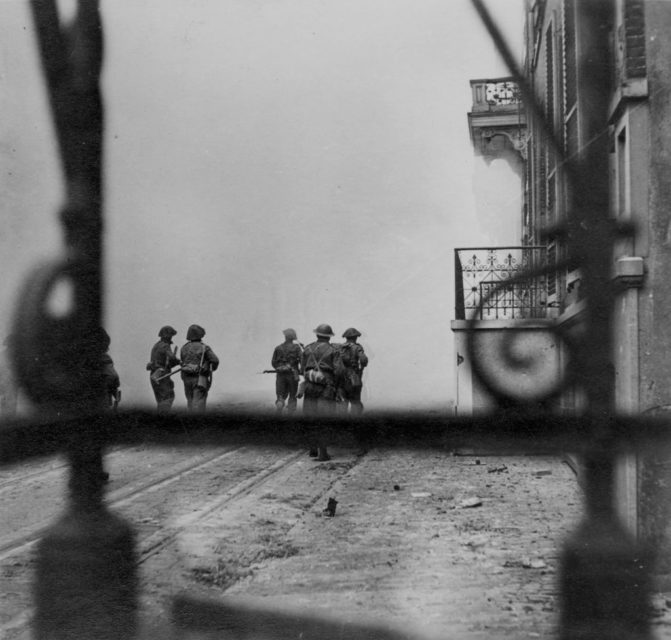
Digby Tatham-Warter’s company was chosen by Lt. Col. Jack Dutton Frost to lead the 2nd Parachute Battalion into the Battle of Arnhem. The engagement was part of the larger Operation Market Garden, which aimed to seize strategically important bridges in the Netherlands, to allow the Allies access to the Rhine. It would also allow them to bypass the Siegfried Line.
Tatham-Warter trained his men to communicate with bugles, used by the British during the Napoleonic Wars, in case their radios failed, and he himself decided to carry an umbrella, as he struggled to remember passwords. When asked why, he said that “only a bloody fool of an Englishman” would carry an umbrella into battle.
On September 17, 1944, Tatham-Warter and his men parachuted into the Netherlands, seven miles from Arnhem. Over the next several hours, they traveled through the back gardens of local residences and along the way took 150 German prisoners. By that evening, they’d captured the north end of the bridge. Mortar fire, however, meant it was impassable, so the paratroopers waited for backup. Unfortunately, their radios had failed and they were unaware help wouldn’t be arriving anytime soon.
The Germans soon mounted a panzer counteroffensive against the 2nd Battalion. Tatham-Warter, wearing a bowler hat, led the charge against the enemy. With his umbrella in one hand and a pistol in the other, he disabled a German armored vehicle after shoving the former through the car’s observation slit, incapacitating its driver. He also used it to save a chaplain, saying, “Don’t worry about the bullets, I’ve got an umbrella.”
Digby Tatham-Warter meets members of the Dutch Resistance
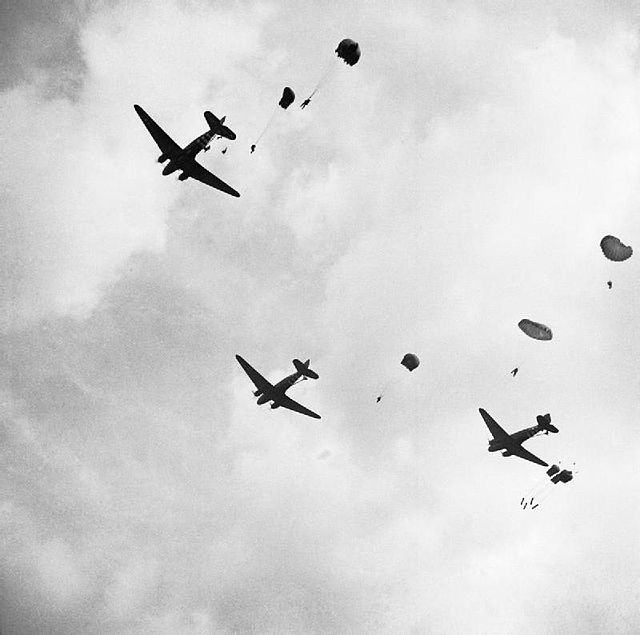
Digby Tatham-Warter was injured by shrapnel during the engagement and his company was captured. Due to their injuries, they were sent to a German-run hospital. However, he wasn’t there for long. When left alone by the nurses, he and Capt. Tony Frank, his second-in-command, escaped through a window.
The pair were housed by a Dutch woman who introduced them to Dirk Wildeboer, a local leader of the Dutch Resistance in Ede. Wildeboer gave Tatham-Warter a fake ID card, which identified him as the deaf-mute son of a Dutch lawyer. He also introduced the duo to another member of the Resistance, Menno de Nooy. He gave the Brit a bicycle, which he used to visit fellow escapees. Despite being surrounded by German soldiers, he was able to remain unnoticed.
Tatham-Warter was given a radio to communicate with British Intelligence. Over the subsequent weeks, he set up supply and equipment drops with the Royal Air Force (RAF) and had weapons and ammunition buried at designated spots in and around Ede.
Operation Pegasus
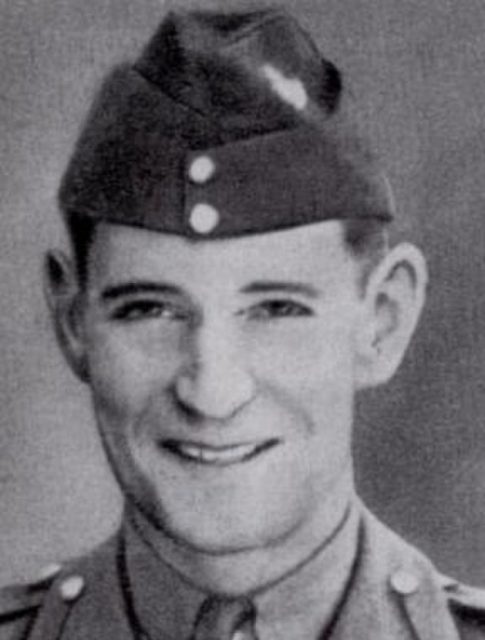
Ever the cunning soldier, Digby Tatham-Warter planned to create a force behind German lines, to help future Allied attempts to cross the Rhine. When it became clear no such mission would occur soon, his scheme was changed to one of escape, codenamed Operation Pegasus.
On the night of October 22, 1944, Tatham-Warter and a contingent of 150 escaped soldiers cycled to the Rhine, where members of the British Army’s XXX Corps helped them cross the water. Before making the journey himself, Tatham-Warter flashed the “V for Victory” message in Morse code with his torch. From there, the men journeyed back to the United Kingdom.
Tatham-Warter was awarded the Distinguished Service Order for his efforts. His report on the Battle of Arnhem also resulted in the British government posthumously promoting Lt. John “Jack” Grayburn, who’d died during Operation Garden Market, to captain. The deceased soldier was also awarded the Victoria Cross, the country’s most prestigious award for gallantry in the face of the enemy.
Digby Tatham-Warter’s post-war service
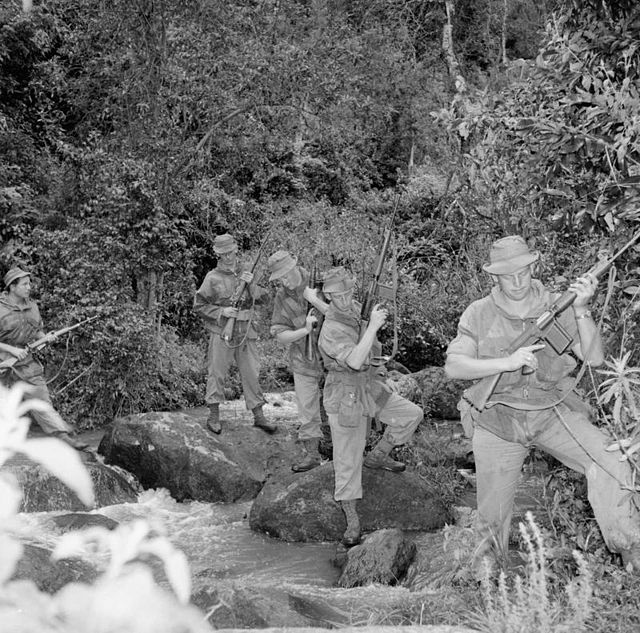
Upon the conclusion of World War II, Digby Tatham-Warter went on to serve in Mandatory Palestine. He was later transferred to British Kenya and appointed to the 5th King’s African Rifles. During the Mau Mau Rebellion in the 1950s, he raised a volunteer mounted police force and led them into battle against the Mau Mau. He was also present during Kenya’s move for independence.
More from us: Ernie Pyle: War Correspondent and a GI’s Best Friend
Want War History Online‘s content sent directly to your inbox? Sign up for our newsletter here!
Digby Tatham-Warter passed away on March 21, 1993, in Nanyuki, Kenya, at the age of 75. Upon completing his military service, he was credited with establishing the concept of the modern safari, where an emphasis is placed on taking pictures of the animals, rather than hunting them.
